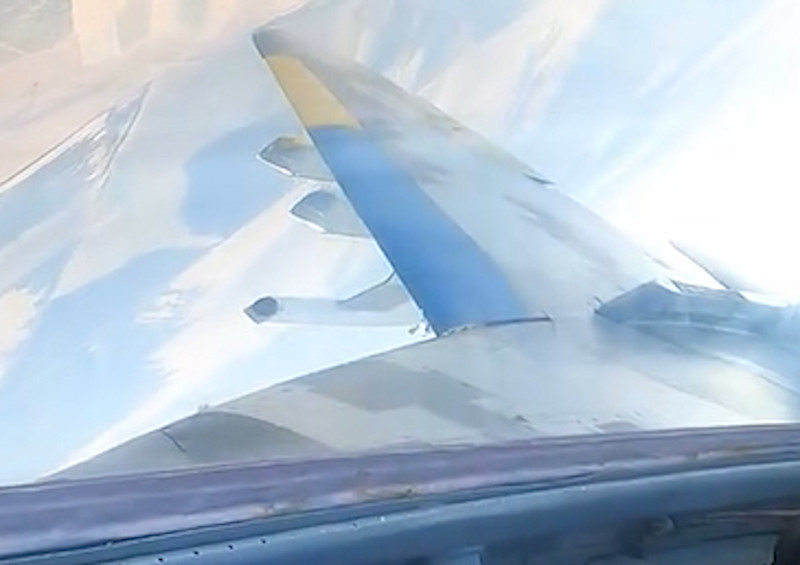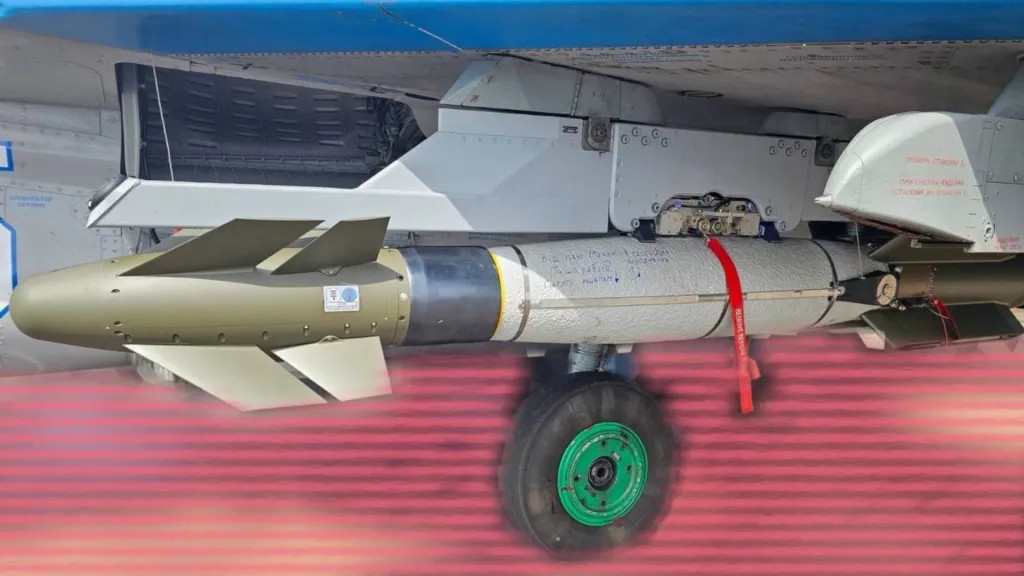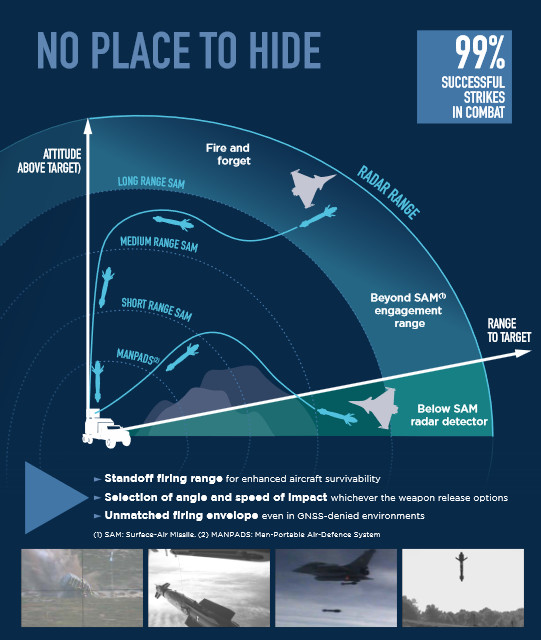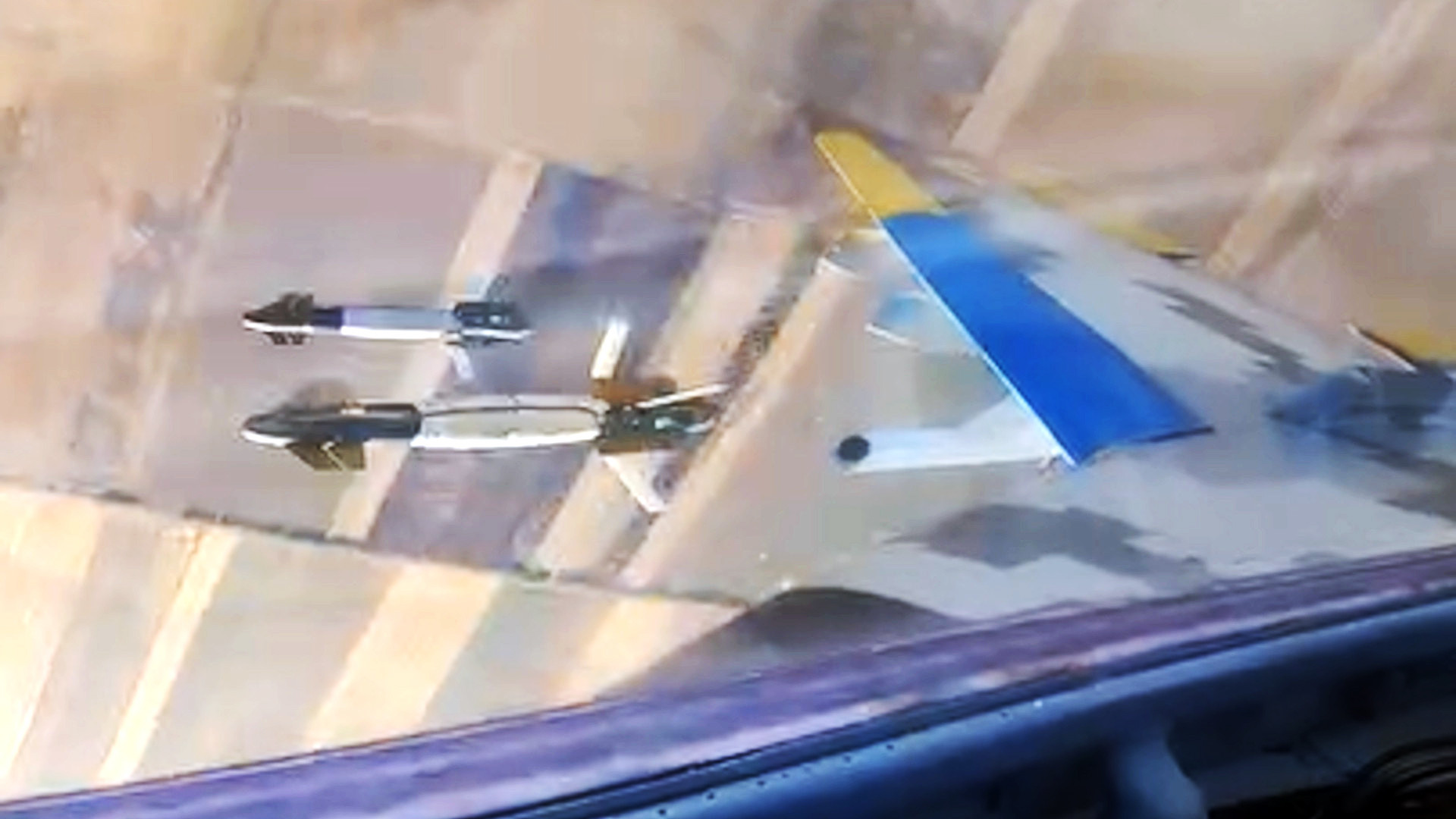The Ukrainian Air Force has released a video offering the best look to date of one of the country’s MiG-29 Fulcrum fighters employing French-made AASM-250 Hammer precision-guided bombs. The clip, shot from inside the jet’s cockpit, looks to show the pilot utilizing a toss bomb technique, which is exactly how the rocket-boosted munitions were designed to be used.
Ukrainian Air Force spokesman Col. Yuri Ignat posted the footage, seen below, which shows the release of two Hammers, on social media earlier today. Ignat said he did so earlier than planned as a tribute to Oleksandr Myhulia, the Ukrainian pilot who shot the video and who was killed while flying a combat mission on August 12.
“Friend, such shots are a rarity, let’s wait until Aviation Day, there are a few weeks left,” Myhulia said after passing along the clip, according to a machine translation of Ignat’s post on Facebook, who added this was the last time the two corresponded.
Since 1993, Ukraine has marked an annual national Aviation Day on the last Saturday in August that honors military and civilian pilots, as well as other employees in the country’s airline and aviation industries.
MiG-29s appear to be the Ukrainian Air Force’s primary launch platform for Hammers, at least so far. The Ukrainian Air Force has said in the past that it has integrated the French-made precision bombs onto its Su-25 Frogfoot ground attack jets, but no pictures or videos have emerged to date showing this combination. Imagery has emerged in the past that might also point to Ukraine’s Su-27 Flankers employing them.
A special pylon that MiG-29s use to carry Hammers is visible in the new clip. The pylon looks to be designed to help cue GPS-assisted guidance systems like the ones found on the AASM-250s, as you can read about more here. Integrating Western precision munitions on Ukraine’s Soviet-era combat jets has involved the use of ad-hoc modifications, including control system software installed on iPads or similar tablet-like devices mounted in their cockpits and various specialized pylons.


As already noted, the video Col. Ignat posted today looks to show Myhulia lobbing the AASM-250s in a toss bombing maneuver. This is in line with footage shot from afar of a Ukrainian MiG-29 releasing what appeared to be a pair of Hammers in a similar manner that emerged online back in June.
As The War Zone has written in the past:
“With unguided munitions, a toss/lofted technique significantly reduces accuracy. Hammer and [U.S.-supplied unpowered] JDAM-ER [glide-bombs] both come standard with GPS-assisted inertial navigation system (INS) guidance packages that would allow them to zero in on set coordinates even when employed indirectly.”
“Much more importantly, the French precision-guided munitions have the REK [Range Extension Kit tail unit], which is a solid-fuel rocket booster designed to extend the weapon’s range. This is already a very useful additional capability when employing these weapons in level flight at higher altitudes, giving 500-pound/250-kilogram class versions the ability to hit targets up to 43 miles (70 kilometers) away. That is similar to the stated maximum range of the unpowered JDAM-ER with its pop-out wing kit.”
“However, any air-dropped precision-guided bomb’s maximum range depends on altitude, with it generally decreasing the lower the launch platform is at the time of release. Hammer’s REK is specifically designed to give low-flying launch aircraft a unique option for getting the bomb to targets at extended ranges via a lofted trajectory, including up and over “rough terrain” with the help of rocket assistance. The manufacturer Safran says that the weapon can still hit targets at least nine miles (15 kilometers) away when released at low altitudes and it can do so with the weapon impacting at a higher-energy state than its glide bomb counterparts.”

In sharing the footage online, Col. Ignat added the following, again per a machine translation of his post on Facebook:
“The tactics of using American anti-radar AGM-88 HARM [High-speed Anti-Radiation Missiles], GBU-62 JDAM-ER, or French Hammer air bombs are associated with a serious risk for pilots. In order to successfully complete a combat mission, Ukrainian pilots have to get close to enemy anti-aircraft and fighter jets, and use complex tactical techniques. Because of all these risks – enemy missiles and the difficulty of performing tasks on old Soviet equipment, sometimes we have bitter losses.”
Toss bombing is one way to help mitigate those risks. Unpowered JDAM-ERs, as well as U.S.-provided Small Diameter Bombs (SDB), and other munitions, guided and unguided, can also be employed in this way.
“I don’t want to get into the exact tactics… but obviously, the lower you are, and the further away from the surface to air missiles that can detect you because of the curvature of the earth” affect how far the bomb can travel, U.S. Air Force Gen. James Hecker, head of U.S. Air Forces in Europe (USAFE), as well as NATO’s Allied Air Command and U.S. Air Forces Africa (AFAFRICA), had said while speaking about Ukraine’s use of JDAM-ER back in March 2023. “There are tactics where you can go in low and do some things… and get back.”
Still, the Hammer’s rocket-assisted design does make it especially well suited to being used in this way.

“The press service of the Air Force accidentally caught Oleksandr Migula this winter at the airfield,” Col. Ignat also shared at the end of his Facebook post accompanying the newly released video of the Hammers being released. “Tired after the combat sortie, the young and purposeful pilot did not talk about himself, but about the combat work of his comrades, about the means of destruction: bombs and missiles from partners, the training of our pilots on the F-16 and the need to rearm.”
Ukraine has now started receiving F-16s from various Western countries. However, it will take years for the Ukrainian Air Force and its pilots to unlock the full potential of those fighters.
In the meantime, Ukraine’s MiG-29s and other Soviet-era combat aircraft will soldier on, including as important launch platforms for Western-supplied precision munitions like Hammer.
Contact the author: joe@twz.com
